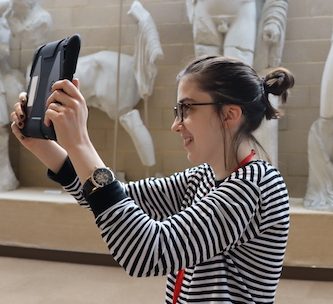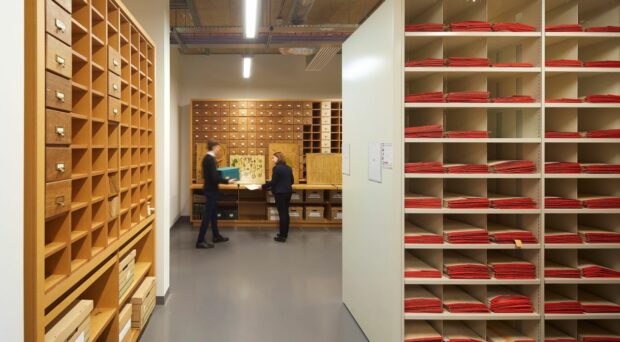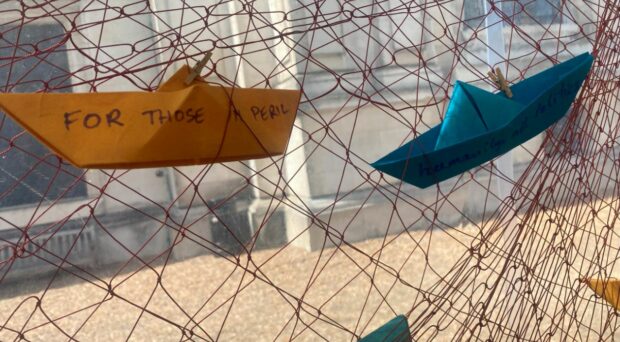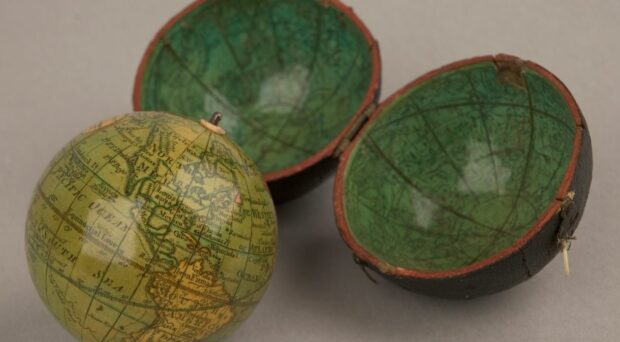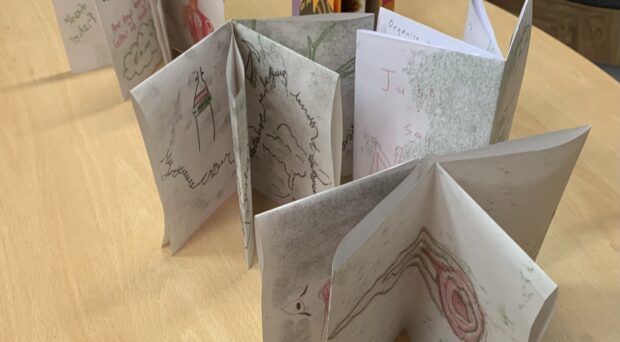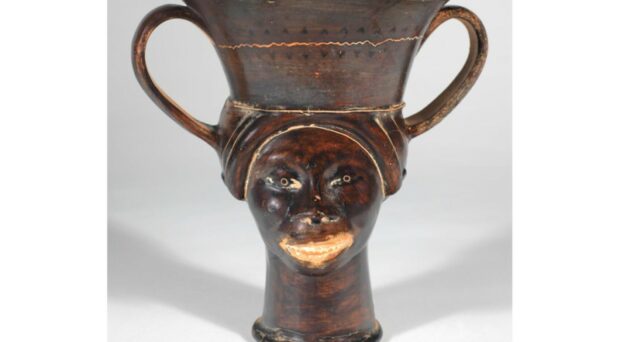We have worked hard at the Museum of Classical Archaeology to adapt and translate most of our usual, pre-covid educational activity to the digital realm. The biggest part of this adaptation was to launch virtual school sessions, offered to both primary schools and secondary schools. The result is schools from across the country being able to engage with the museum online.
Why go Virtual?
In March 2020, when we all retreated to our homes, my job changed significantly. Pre-pandemic, the Museum would welcome around 1,000 school pupils in a six-month period. Most of these were groups of Key Stage 2 (KS2) students. In a museum full of nude statues that meant a lot of giggles (mostly from the children). Suddenly, there were no sessions and no giggles. It quickly became clear that the lockdown would last a long time, and so, like all the other museums, we started creating online resources.
But it wasn’t enough. For me, teachers and parents, online resources were too impersonal. The connection with the museum was difficult to create over layers of images, word documents and pdf files.
I started thinking about what we could do once the museum building re-opened and I would be allowed back in. Over the summer I must have attended all of the webinars and online events on museum learning in the pandemic months possible. There was such a variety in all of the ways museums were engaging their publics. That got me thinking. Could I live stream from the museum into a classroom? Would that work for teachers and pupils? What would the risk assessment for that look like in Covid times?
The Practicalities
I consulted with the director and the curator of the museum. We quickly decided that if I deliver the sessions while the museum is closed to the public, I could safely socially distance from other museum and faculty staff, or even have the museum to myself! Problem one solved.
The next obvious problem was equipment. Walking around a gallery with a laptop in hand didn’t seem too practical, and I wanted to be able to move around the gallery to show the viewers a range of statues. After a long investigation, and numerous emails, I located and successfully revived a tablet last used by the museum in 2013. Fortunately, it still worked, and had a double camera. The double camera was essential to me, as it would allow me to switch view between the close ups and details of our objects, and myself, enabling the children to see who was speaking to them.
Teachers were interested and at that point (September 2020) they have had plenty of experience using online platforms, and access to mics and computer cameras. I would be able to see and hear the kids, just as they could hear and see me and the museum. This made engagement much easier.
To summarise, I had the access to objects, and the equipment to share them online, I found some willing teachers who also had equipment and students thirsty for knowledge. What next? We were ready, and hosted our first virtual session in October 2020.
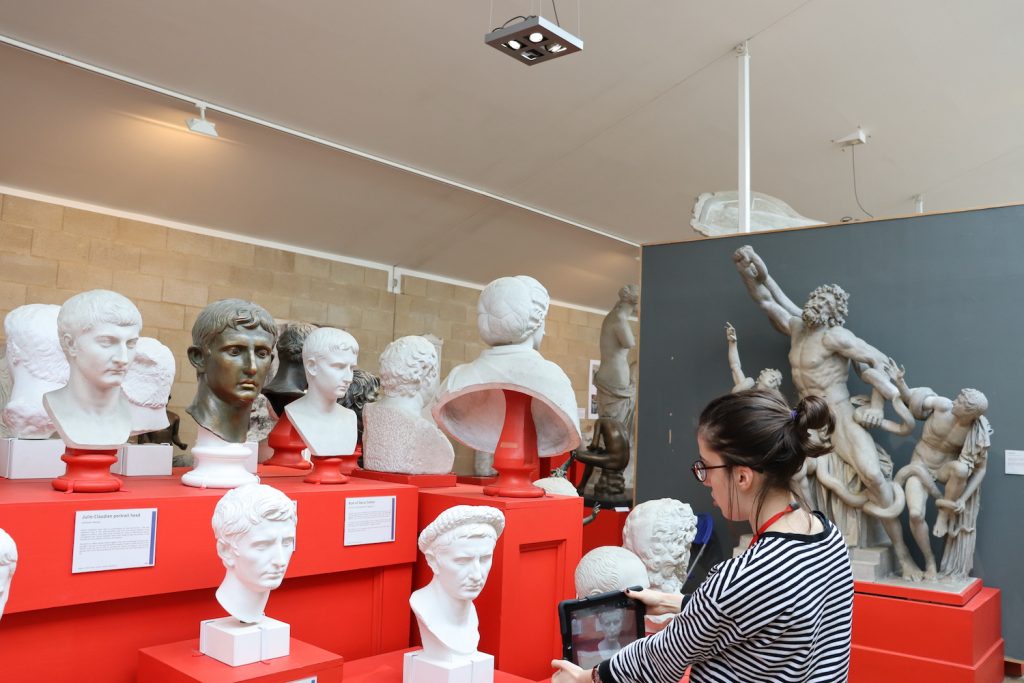
Designing the content and structure of the session
I think the key to the success of the sessions is simple: I deliver the same session I would do in person. I start by introducing myself and the museum, address the nudity of the casts, and then move through the museum towards the pediment of Pelops and Onomeius from the temple of Zeus in Olympia. This is where I tell their story while showing children details of the statues. Throughout the session the children have opportunities to ask me any questions about Greece or the museum.
Most importantly, I involve the kids in the session by asking them questions throughout, such as “What would you do in this situation?” or “How would you describe a man who risks his life to win a chariot race?”. I ask them to make up strategies for how Pelops can win, and shout out “Hippodameia”, the name of the heroine. This is exactly the same as it would be had they come into the museum. We finish the session with more questions and often a walk through the museum.
By far, our favourite question was: “are there any Greek myths that don’t end in someone dying”? Neither I, nor the museum, curator could think of any.
I don’t see our virtual sessions as a digital project. They are education sessions that I am carrying out via digital means. The key skills that make me a successful museum educator, also make me a good online museum educator. There is just a tablet between us that wasn’t there before.
What happens at the other end?
Schools engage during the session in a variety of ways. Some teachers use a projector to show the live feed from the museum on a big screen, some use school laptops. During Lockdown 2 (started in January 2021), half of the children would be watching on the classroom screen, and half joining from their homes. We decided this fulfils our safeguarding guidelines, as the teacher, and a teaching assistant were present during the entire session, which with myself makes three DBS checked adults.
The session works best when there is a camera and a microphone in the classroom. That way I can also see the children and hear them, making the session more interactive, and creating a true virtual classroom experience. Teacher’s are very helpful during the session in helping me pick which students to call on, and relaying their ideas in case I can’t hear them. If the children have their own laptops, they can also ask me questions directly through the chat function.
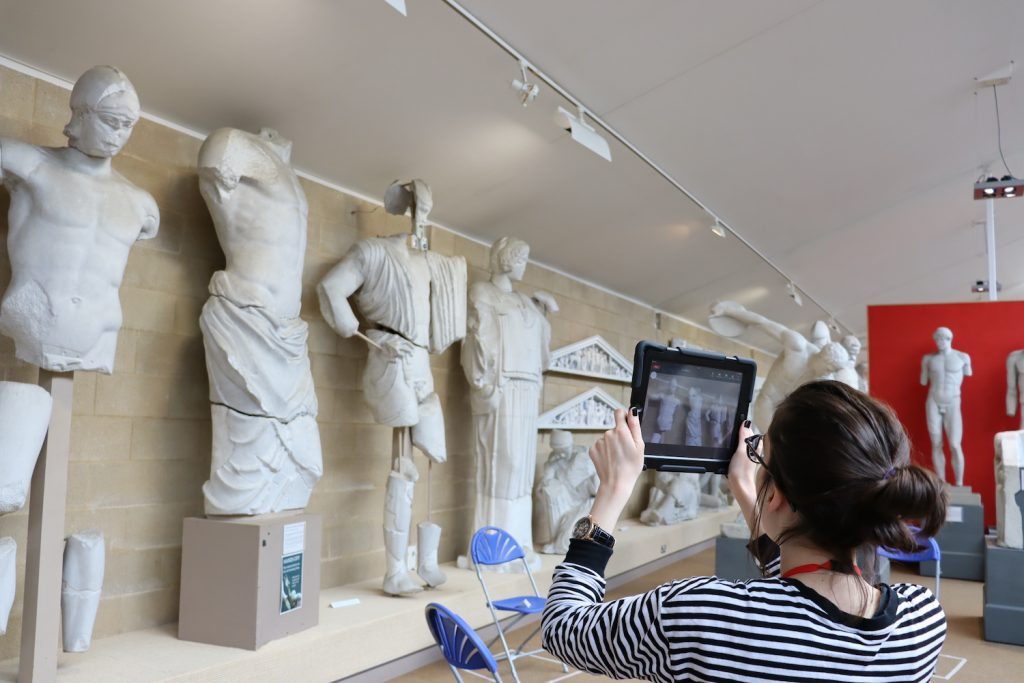
What do teachers and pupils think?
The success of our first few sessions made me think about expanding our offer. I now offer sessions on a handful of different topics catered to a range of key stages. We now offer session on Greek Myth, and Pompeii for KS2 and KS3, and on Women, Roman Empire and Greek Religion for older students.
I know immediately whether the kids enjoy the session. During one session I spent 30 minutes answering all of the questions they had. That’s a clear sign of engagement. When I ask them questions, I need to pick carefully who should answer as I usually see a forest of hands in the classroom on the other end of the call.
Teachers are happy to fill in the online survey, a sign in itself that they are pleased with the sessions. Here are some of the findings: 87.50% said they were highly likely to recommend the session to their colleagues. The majority indicated that their students enjoyed the session, and learned from it. Anecdotally, teachers often tell me how much their pupils miss going on trips and seeing museums, and how useful and vital our sessions are.
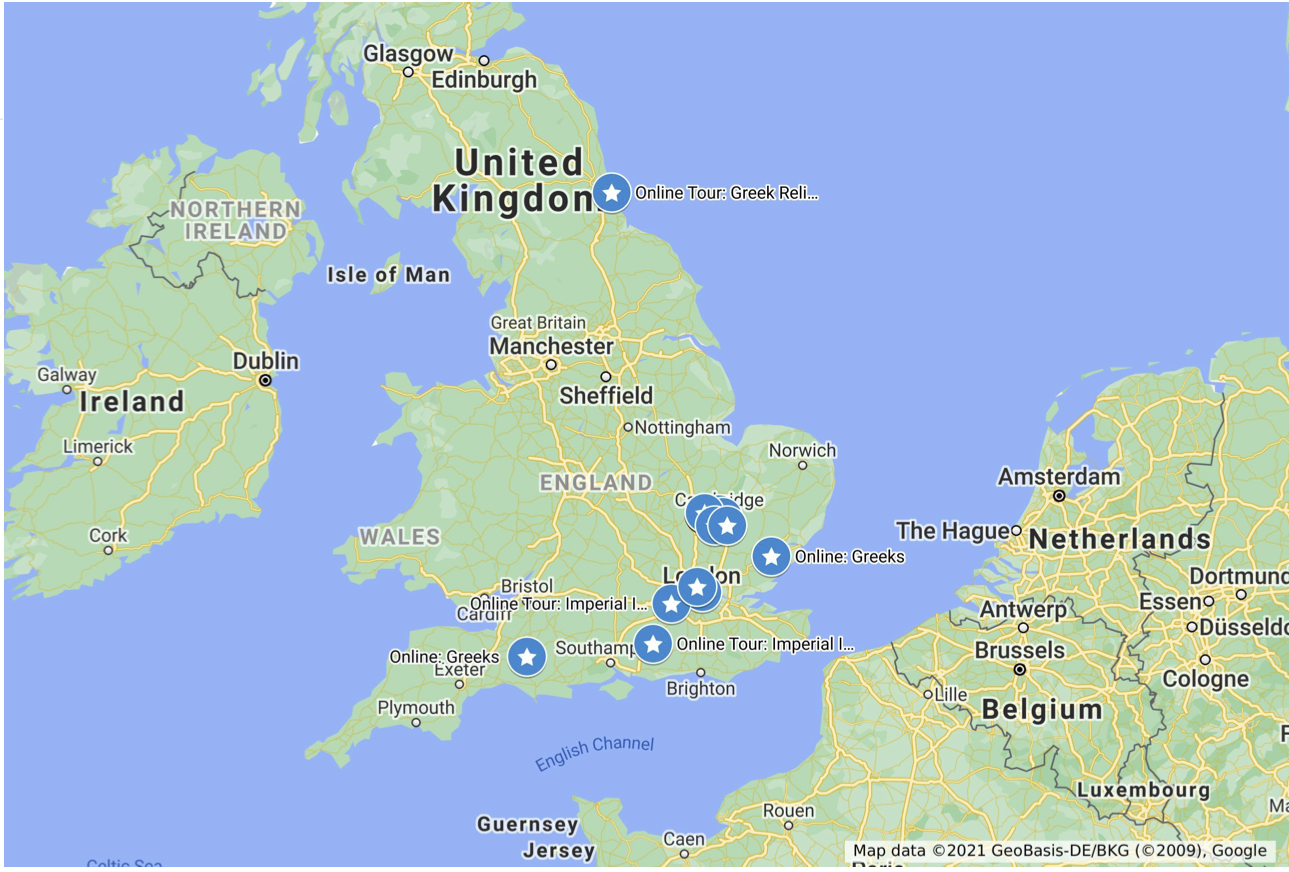
To summarise I will share a few quotes from our anonymous survey:
“Given the lockdown, we have never had an opportunity to go to a museum, let alone to go to Greece, as we would normally, so the simulation of seeing these statues up close was invaluable.”
“They loved Justyna’s enthusiasm and really valued the opportunity to ask questions and to see specific (parts of) statues.”
Not everything was perfect of course, there are always teething problems. Can I handle the tablet without putting my finger on the camera at least once during a session? No! Did we have connectivity issues? Yes! But in the end, nobody cares about those. They just want to see a museum!

